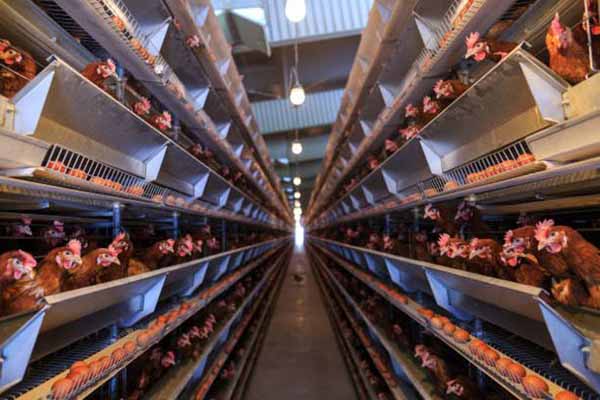What’s the Best Layout for a Layer Cage Farm?
Understanding the Importance of Layout Design
A well-designed layer cage farm layout is crucial for the efficiency and productivity of the operation. It not only affects the health and well-being of the chickens but also the overall cost-effectiveness of the farm. In this article, we delve into the best practices for designing a layer cage farm layout.
Key Considerations for Layer Cage Farm Layout
1. Space Allocation: The space required for each chicken should be based on the species and the stage of growth. For layers, a general guideline is 2-3 square feet per bird. This ensures comfort and minimizes stress.
2. Airflow: Proper ventilation is essential to maintain a healthy environment. Airflow should be consistent, with no dead spots. A recommended rate is 1 cubic foot per bird per minute.
3. Lighting: Natural light is preferable, but artificial lighting is often necessary. Ensure the lighting schedule mimics natural day-lengths to promote egg production.
4. Water and Feed Access: Water and feed should be easily accessible and distributed evenly. Use automated systems to minimize waste and ensure all birds have adequate resources.
5. Manure Management: A solid manure collection system is vital for hygiene and to reduce the risk of disease. Consider sloped floors or solid-bottom cages to facilitate manure removal.
Layout Options
– Straight Layout: This is the most common and cost-effective design. Cages are arranged in a straight line, with rows of cages down the length of the building.
– Deep-Litter System: Ideal for smaller operations, this layout involves placing birds in pens with deep bedding material. It’s a more natural environment for the chickens but requires more labor for manure management.
– T-Shape or H-Shape Layout: These layouts provide a larger space for birds and can improve the flow of air and light. They are more complex to design and construct but may be more suitable for larger farms.
Benefits of an Efficient Layout
– Increased Egg Production: A well-designed layout can lead to up to 5% higher egg production.
– Reduced Disease Risk: Proper airflow and waste management can significantly decrease the incidence of disease.
– Cost Savings: An efficient layout can reduce energy consumption and labor costs.
Conclusion
Choosing the right layout for your layer cage farm is a critical decision. It should be based on your specific needs, budget, and the characteristics of your birds. For a customized solution, consider consulting with a professional who can provide a detailed design and equipment quote.
Stay Informed
For more information on optimizing your layer cage farm layout, or to request a free design and equipment quote from Livi Mechanical, please leave a comment below. We’re here to help you create a more efficient and profitable farm.


